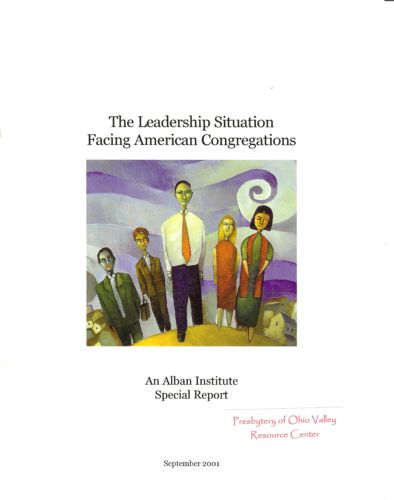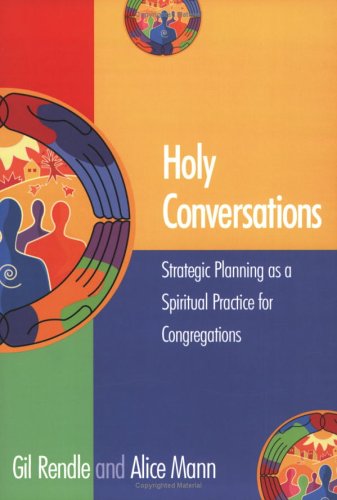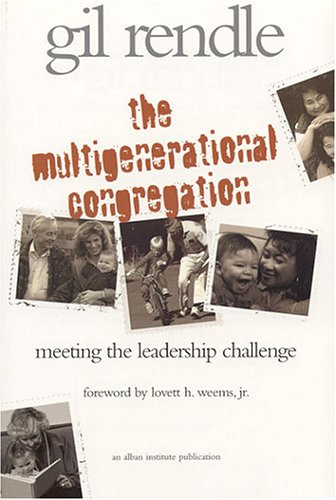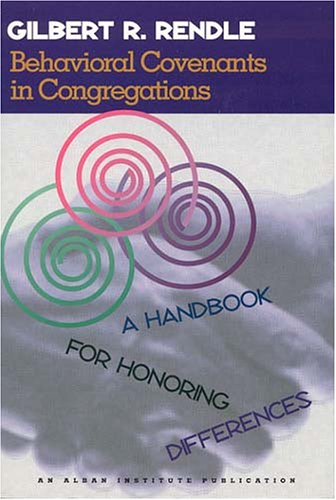Author: Rendle (Gil R.)
-
The Leadership Situation Facing American Congregations
This report contains an overview of current reports on the status of congregational leadership and outlines the challenges to developing new leadership for congregations. Click here for more information and to download the report (PDF format).
-
Holy Conversations
Planning can be challenging in the contemporary congregation, where people share a common faith and values but may have very different preferences and needs. Much of the literature on congregational planning presents it as a technical process: the leader serves as the chief problem solver, and the goal is finding “the solution to the problem.”…
-
Multigenerational Congregations
Congregations need to learn new cultural languages and practices in order to speak to and be heard by new generations of people. But how do congregations enter the wilderness of ministry with these new generations when many of those in the entourage do not appreciate the trip? In contrast to many writers about church growth,…
-
Leading Change In The Congregation
Many books have been written about leadership and change, but until now none have come from the perspective of leading a community of faith through the kind of change that tears at the very fabric of the community. Senior Alban consultant Gil Rendle provides a respectful context to understanding change, especially the experiences and resistances…
-
Behavioral Covenants In Congregations
This down-to-earth workbook gets to the heart of modern congregational life: how to live creatively together despite differences of age, race, culture, opinion, gender, theological or political position. Alban Senior Consultant Gil Rendle explains how to grow by valuing our differences rather than trying to ignore or blend them. He describes a method of establishing behavioral…





